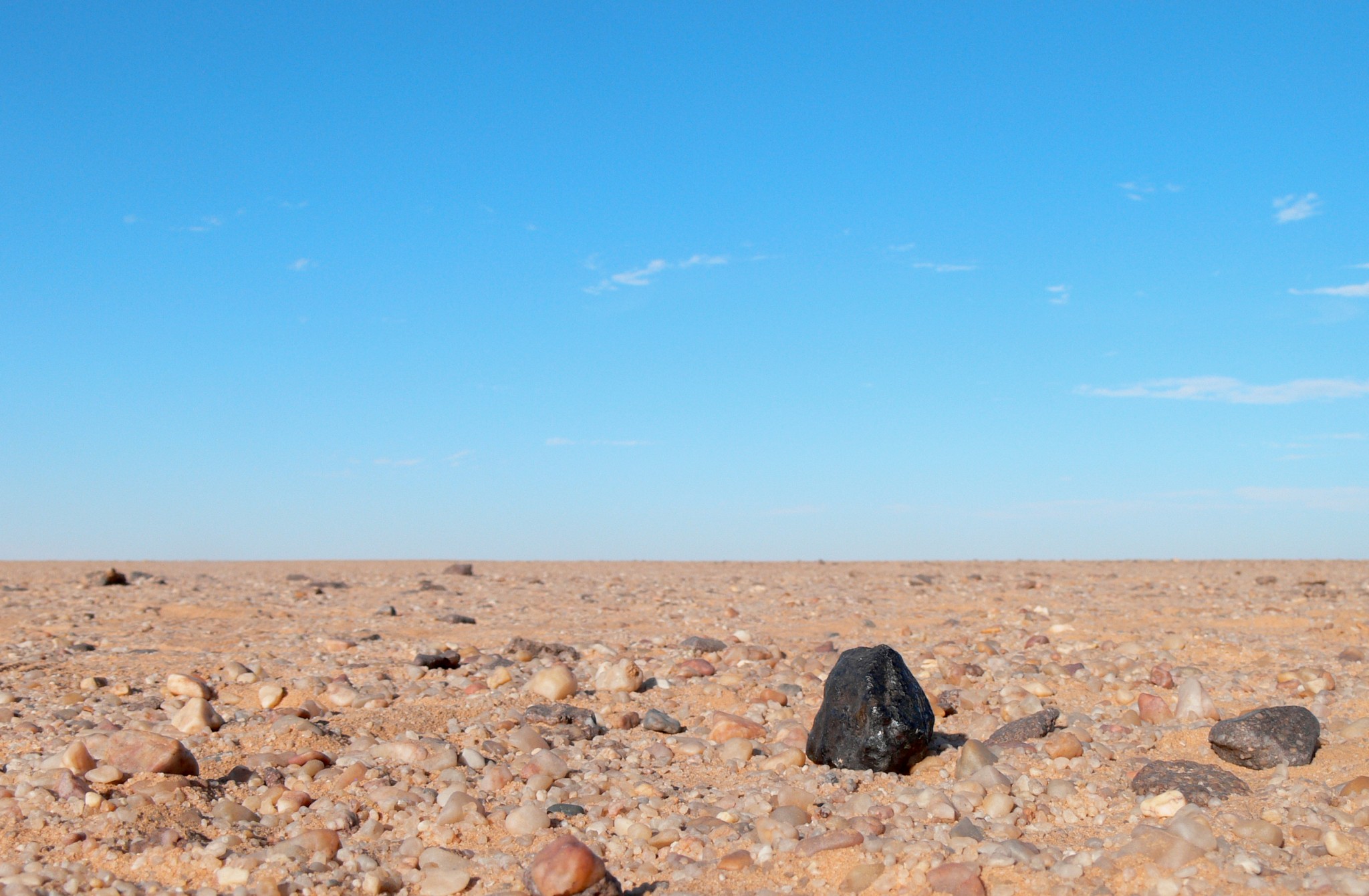The Hunt for Dangerous Asteroids: Here's How Scientists Do It

How do I spot thee, asteroid? Let me count the ways.
in a series of presentations Monday (April 29), the first day of the 6th International Academy of Astronautics Planetary Defense Conference, scientists from different Near-Earth Object (NEO) monitoring systems discussed their successes and what the future might bring.
First up, NASA Jet Propulsion Laboratory researcher Davide Farnocchia talked about a system that holds information about potential space-rock candidates. During his presentation, Farnocchia said the Jet Propulsion Laboratory's Scout Hazard Assessment system had worked well when the boulder-size, near-Earth asteroid called 2018 LA entered Earth's atmosphere as a bright fireball over the Botswana-South Africa border in June 2018.
Related: Diamonds in Meteorite May Hail from Our Ancient Solar System
Space rocks are designated with the year they are first spotted. This asteroid was spotted not only the same year it descended toward Earth, but also just 8.5 hours before it hit Earth's atmosphere.
Scout's goal is to continually monitor the objects listed on the Minor Planet Center's Near-Earth Object Confirmation Page (NEOCRP). This webpage lists unconfirmed objects, keeps tabs on details like an object's trajectory (called the ephemeris) and gathers information related to the object's hazard potential. Instead of providing a rigorous probability assessment, Farnocchia said, Scout's automated system produces impact ratings and scores to identify interesting objects to stay ahead of an object's sometimes short observation arc, or the time between an object's first observation and its most recent one.
An object gets removed from the system when the Minor Planet Center gives it an alphanumeric classification after more observations pour in. Eventually, if time passes and an object remains unclassified, it, too, is removed from NEOCRP and Scout.
Get the Space.com Newsletter
Breaking space news, the latest updates on rocket launches, skywatching events and more!

In space and on the ground, there are other projects dedicated to watching for big rocks in the sky.
Next came a presentation on the Large Synoptic Survey Telescope (LSST) currently in progress. From the Cerro Pachón ridge in north-central Chile, the LSST mission plans to spend 10 years surveying the sky to achieve ''achieve astronomical catalogs thousands of times larger than have ever previously been compiled,'' according to the LSST website. Las Cumbres Observatory in California also has something in the works: presenter Tim Lister brought up a software tool kit called Target and Observation Manager (TOM), which is designed to facilitate astronomical observing projects. As of January, this software toolkit now contains a module for importing targets from the Scout NEOCP Hazard Assessment system.
Astronomer Joseph Masiero shared recent results from the NEOWISE mission, the asteroid-hunting portion of the polar bear-sized Wide-field Infrared Survey Explorer (WISE) spacecraft. NEOWISE has spotted over 190,000 small bodies in space by collecting infrared information as it orbits Earth, and the mission's most recent release of data went public on April 11, 2019.
The Arecibo Observatory in Puerto Rico offers a powerful method for scientists to narrow down how an asteroid moves in space, and what size and shape it is. Researcher Patrick Taylor said during the conference that by making radar observations, the observatory can determine properties about small bodies. For instance, Arecibo's radar revealed that there are in fact two small moons orbiting the asteroid 3122 Florence, the last object observed before Hurricane Maria struck the island in 2017, said Taylor, adding that optical instruments would not have been able to make that detection.
Hurricane Maria damaged Arecibo and the island at large, but the facility is back up and running. In addition to facility repairs, staff at the observatory worked with the local community to support their recovery process, too.
- How to See the Best Meteor Showers of 2019
- Big Peanut-Shaped Asteroid Caught on Radar as It Zooms by Earth (Video)
- Water Found in Tiny Dust Particles from Asteroid Itokawa
Follow Doris Elin Salazar on Twitter @salazar_elin. Follow us on Twitter @Spacedotcom and on Facebook.
Join our Space Forums to keep talking space on the latest missions, night sky and more! And if you have a news tip, correction or comment, let us know at: community@space.com.

Doris is a science journalist and Space.com contributor. She received a B.A. in Sociology and Communications at Fordham University in New York City. Her first work was published in collaboration with London Mining Network, where her love of science writing was born. Her passion for astronomy started as a kid when she helped her sister build a model solar system in the Bronx. She got her first shot at astronomy writing as a Space.com editorial intern and continues to write about all things cosmic for the website. Doris has also written about microscopic plant life for Scientific American’s website and about whale calls for their print magazine. She has also written about ancient humans for Inverse, with stories ranging from how to recreate Pompeii’s cuisine to how to map the Polynesian expansion through genomics. She currently shares her home with two rabbits. Follow her on twitter at @salazar_elin.









